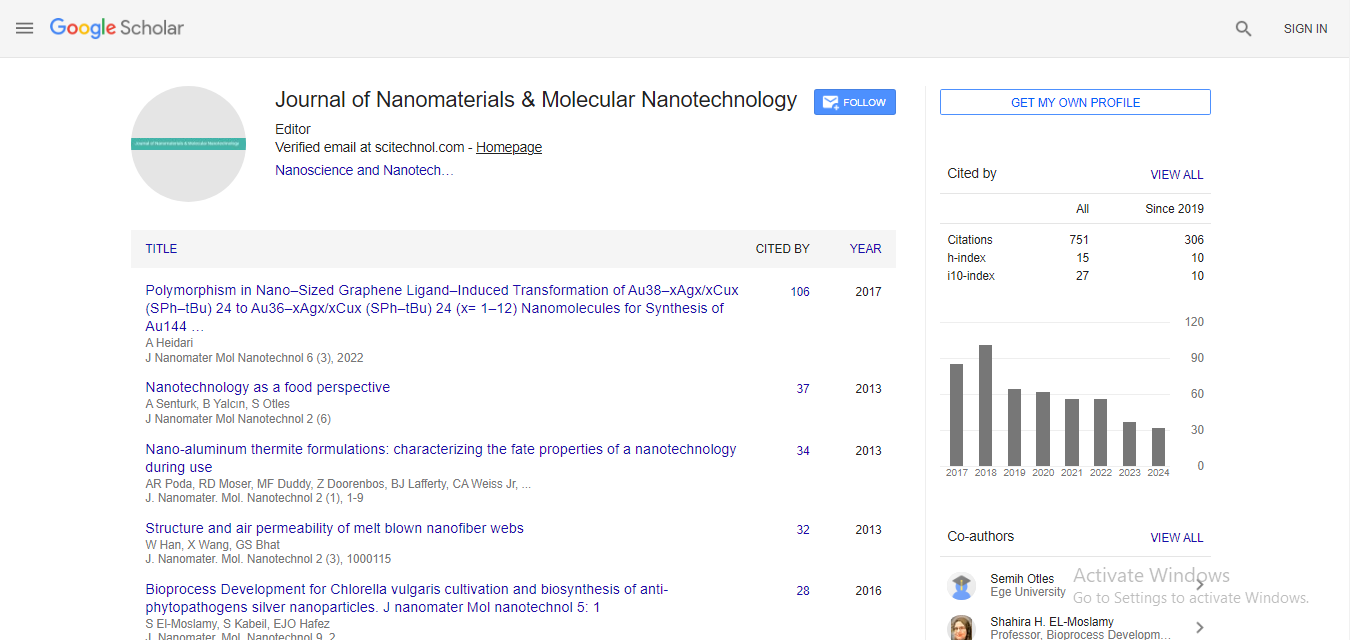In pursuit of the holy grail of lab-on-a-chip technology from silicon and glass micromachining to 3D printing
Wojciech Piotr Bula
The University of Tokyo, Japan
: J Nanomater Mol Nanotechnol
Abstract
Terry et al.’s publication of 1979, featuring an integrated gas chromatograph, laid the foundations of microfluidics and lab-on-achip technology, and the subsequent advancement of micromachining techniques and deep reactive-ion etching in particular have opened up new research opportunities. Silicon became the material of choice for more than two decades. Its unique properties allowed for fabrication of sub-micrometer features. The author has utilized silicon-glass micromachining to develop systems such as chromatography capillary columns, thermoconductivity gas detectors, and sample injector of integrated gas chromatograph. The ability to manipulate liquid at microscale was recognized as a powerful tool to perform chemical reactions under conditions that cannot be achieved at lab-scale. Multiline microreactors have been manufactured which have surfaces modified by immobilized enzymes or catalysts, and with integrated desorption/ionization on silicon functionality for mass spectrometry. The dawn of nanofabrication techniques enabled the development of (i) a nano-machined artificial gland for the dissipation of sex pheromones originating from Spodoptera littoralis as a biomimetic infochemical communication system and (ii) an evaporative sample concentrator featuring a perforated membrane of 180nm thickness for a water quality monitoring system. Despite all the benefits of silicon micromachining, the proliferation of this technology has been limited by its high unit cost and fabrication labor requirements. While attempts have been made to replace silicon with polymers such as PDMS, cyclic olefin copolymer, and thermoplastics, many unsolved issues remained. The introduction of 3D-printing techniques gave momentum to the microfluidics field and shifted the design paradigm. A sample concentration system based on a 3D-printed microfluidic circuit board was created in which some microfluidic components were manufactured by rapid prototyping. Secondly, the author will exhibit a fully 3D-printed water quality monitoring system and will discuss the pros and cons of 3D-printing in relation to alternative rapid prototyping techniques.
Biography
E-mail: wojciech@bisu.bio
 Spanish
Spanish  Chinese
Chinese  Russian
Russian  German
German  French
French  Japanese
Japanese  Portuguese
Portuguese  Hindi
Hindi 



